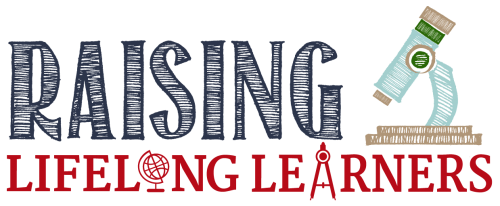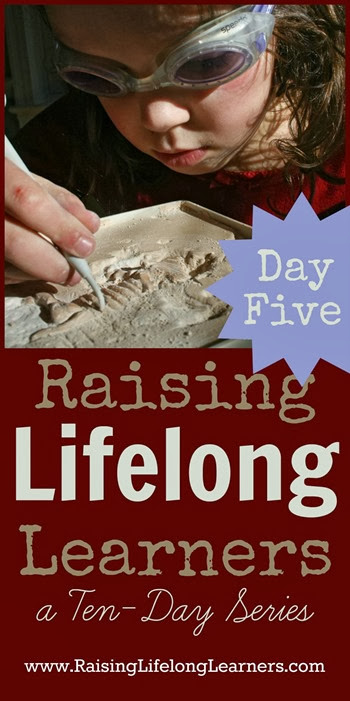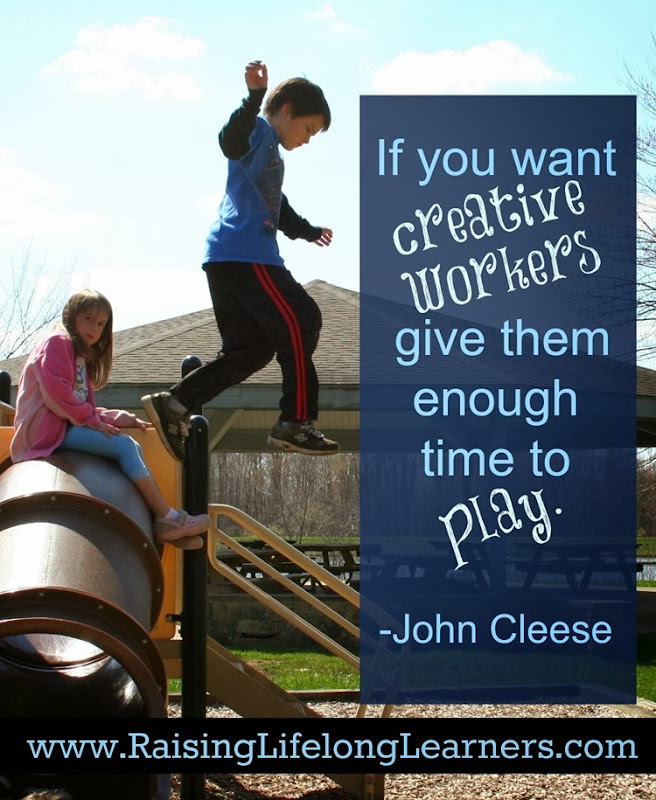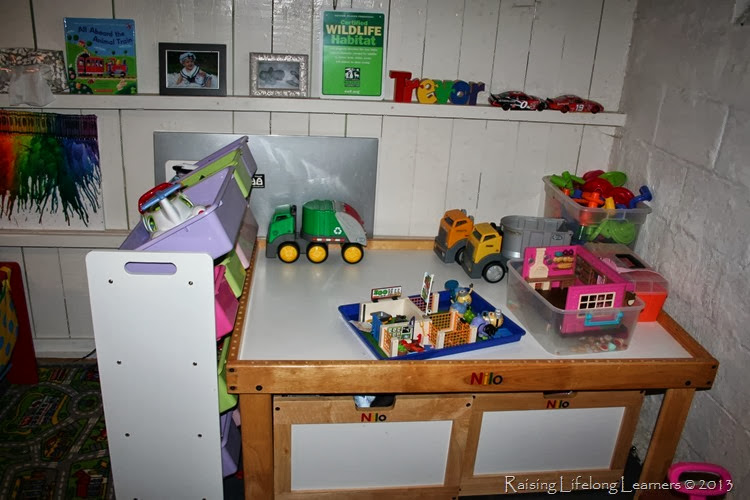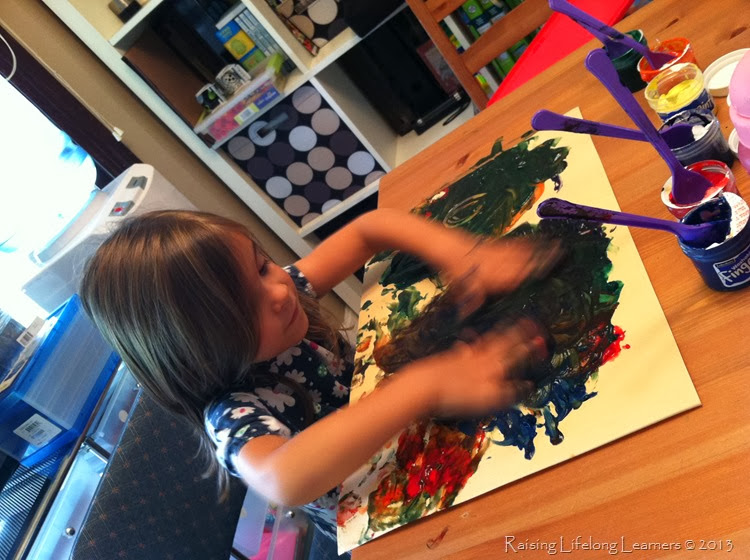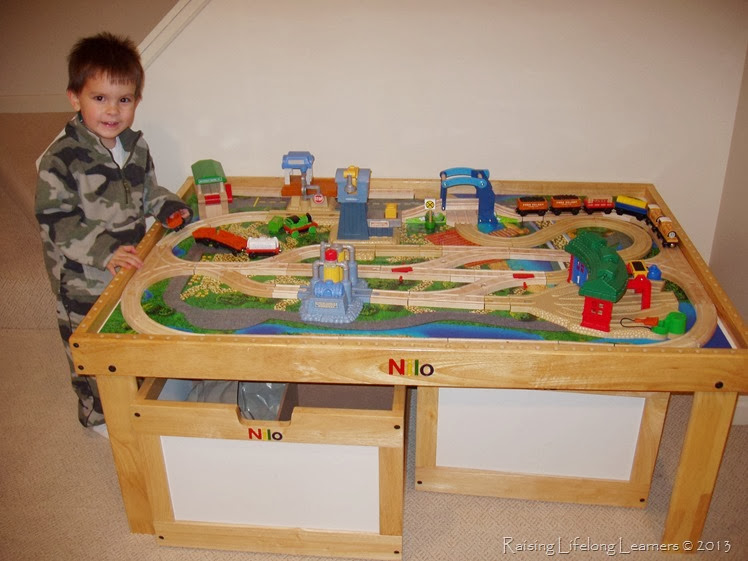The Importance of Play–Part Two
Yesterday we talked about the importance of play as we explore a ten-day series about Raising Lifelong Learners. We’ve also talked about the environment we cultivate for our little learners and the importance of early literacy.
This post may contain affiliate links. Please see my disclosure policy for more information.
I want to share more about play today.
The Presentation
I used to keep my toys in a big toy chest when I was young. Things were tossed inside and jumbled up. I lost pieces, things broke, but it didn’t matter to me because I was doing what I was told and cleaning up. My books were a different story. I had bookshelves made out of wooden milk crates and lovingly painted for me. I reverently put all of my books, spine out, away each time I finished a story.
Why the difference?
The presentation. When things are messy and thrown in a heap, we naturally assign less importance to them than those things that have a specific place and method of storage. And guess what? I read more often than I played with my toys.
Kids will use what is easily accessible and inviting.
Did you see my post on organizing tiny spaces? The premise applies to all spaces. Everything needs a place. We have clear bins for all of our toys, art supplies, and building things. Wedgits are stored in a different box than wooden building blocks. Snap dolls are grouped with their clothes in a plastic Sterilite container. Science supplies are separate from science tools because while my kids might not need access to the books, videos, and specimen we’ve collected at all times, you never know when an occasion will call for a magnifying glass.
The Choice
As we live in a time of excess, you’re probably like me and have way too many things for your kids. And, when you have several kids, that stuff grows exponentially every year. While we are working diligently to simplify and trim down that excess, we still have a lot of stuff.
The problem is that too many choices can be as harmful to kids as the lack of a rich-learning environment can be.
When kids have too many choices, they tend to rush through their play so they can get to everything, not allowing themselves to truly engage deeply with one activity.
We keep Legos, Wedgits, Lincoln Logs, dress-up clothes, and a toy kitchen available to the kids at all times, and now work everything else in on a rotating basis. When the Playmobil pirates or the Little People sets reappear, they’re like new toys and imagination is rekindled.
Take it Deeper
Great educators know that the key to deepening the learning for kids to to question.
Tell me more.
What else can you add?
I love the tree you drew. Can you observe any other colors in the trees outside? How can you enhance your drawing? What else might you find near a tree?
What happened next?
Why?
When? Where?
It’s endless, really, the sheer volume of questions you can pose to your kids. You can extend their thinking on just about any topic. But what about their play?
My husband is great at this.
When Trevor was very young, he was obsessed about all things train. He never wanted to play with anything else but wooden train sets or GeoTrax. Brian would play with him for long stretches of time, and then he started pulling out the Little People farm things and adding bits here and there to Trevor’s set ups.
In time, the basement was filled with tracks leading to and from a big elaborate farm set up. The trains went to the farm to pick up livestock, food, and resources to take into the city and back. It was still train play – just deepened. Brian took Trevor’s love of trains, validated it, and took it further.
Next time your child is at play, sit back and observe. How can you help him take it further? Your role isn’t to do the thinking for him, it’s to help facilitate the elaboration that will help him solve problems and seek answers later in life.
What are some examples of imaginative play, storage, or elaboration you and your child have experienced together? Share in the comments.
